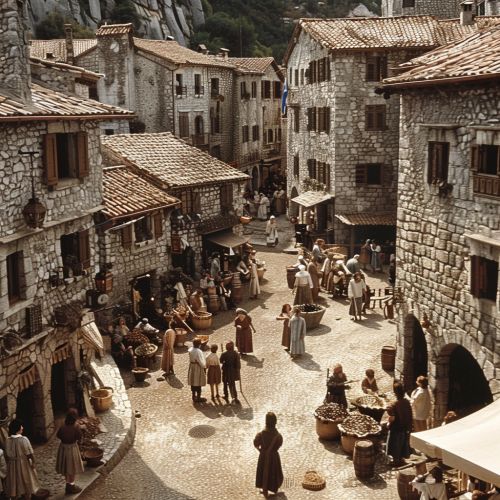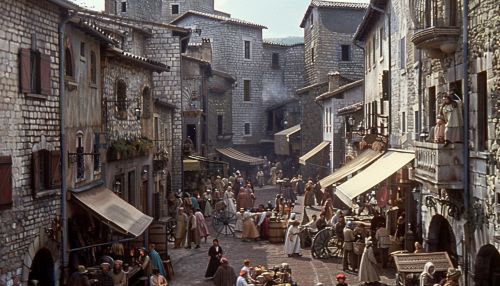The Waning of the Middle Ages
Introduction
The Waning of the Middle Ages, also known as the Late Middle Ages, marks a period in European history characterized by significant social, political, and cultural transformations. This period, spanning from the 14th to the 15th century, witnessed the decline of feudalism, the rise of nation-states, and the onset of the Italian Renaissance.


Social Changes
The Late Middle Ages saw a shift in social structures, primarily marked by the decline of feudalism. This decline was precipitated by several factors, including the Black Death pandemic, peasant revolts, and the increasing power of monarchs. The Black Death, which swept across Europe in the mid-14th century, led to a drastic reduction in the population, disrupting the feudal system that was heavily reliant on serf labor.
Political Changes
Politically, the Waning of the Middle Ages was characterized by the rise of nation-states and the centralization of power. Monarchs increasingly asserted their authority, diminishing the power of feudal lords. This period also saw the Hundred Years' War between England and France, which further contributed to the decline of feudalism and the rise of nation-states.
Cultural Changes
Culturally, the Late Middle Ages set the stage for the Italian Renaissance. The period was marked by significant advancements in literature, art, and science. The invention of the printing press by Johannes Gutenberg in the mid-15th century revolutionized the dissemination of knowledge and ideas.
Conclusion
The Waning of the Middle Ages was a period of significant transition, marking the end of the medieval period and the beginning of the modern era. It was characterized by profound social, political, and cultural changes that shaped the course of European history.
